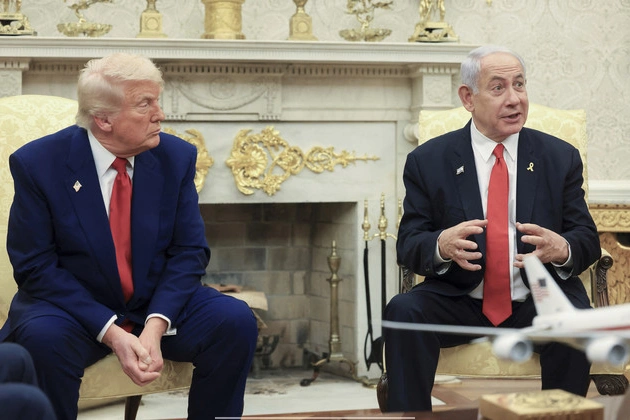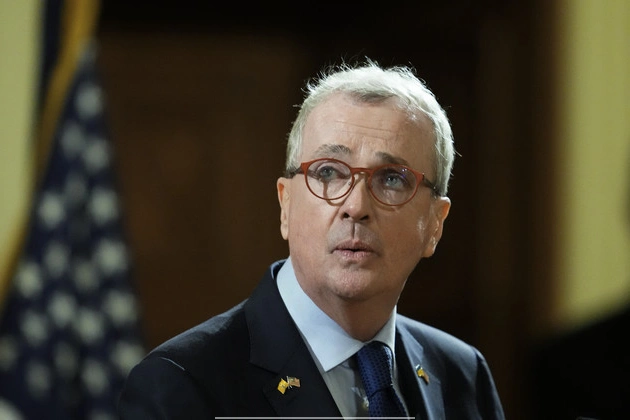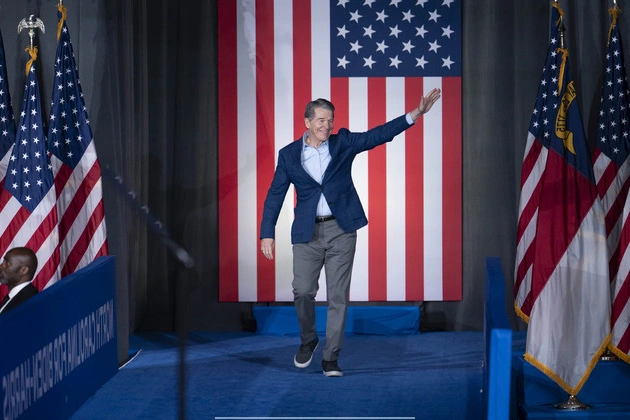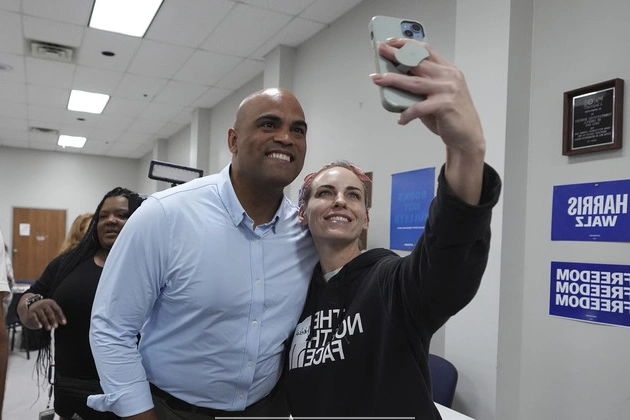
The USDA’s response to the bird flu outbreak has raised concerns about the reallocation of funds from local food programs to combat the crisis. Agriculture Secretary Brooke Rollins unveiled a $1 billion strategy that includes measures like importing eggs and developing a poultry vaccine. However, the source of this funding has sparked controversy, as it is redirected from programs originally designated to assist schools and food banks.
Former President Joe Biden had allocated $1 billion to support local food programs, aiding schools, child care facilities, and food banks in purchasing fresh produce from local farms. The sudden cancellation of these programs has left many in the agricultural community reeling, with farmers struggling to sell unpurchased crops and schools scrambling to find alternative funding for fresh food.
In addition to the impact on local food programs, the bird flu response plan has drawn attention to the broader challenges facing the USDA in balancing financial resources. The Commodity Credit Corporation, a vital fund for disaster relief and farmer support, is under strain with only $4 billion available out of its $30 billion annual allocation. Lawmakers face tough decisions on replenishing this fund amidst competing priorities and political tensions.
The Trump administration’s shift in funding priorities has led to cuts in various programs, including the $500 million emergency assistance program for food banks and the Partnerships for Climate-Smart Commodities initiative. These moves reflect a broader strategy to realign the CCC fund and address perceived misuse by the previous administration.
As Congress debates the future of funding for local food programs and other initiatives, food banks are looking for sustainable solutions. Celia Cole, CEO of Feeding Texas, remains optimistic about securing permanent funding but acknowledges the immediate challenges in meeting demand without government support.











